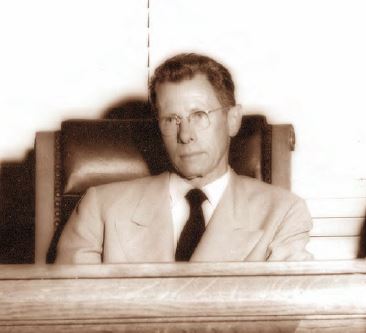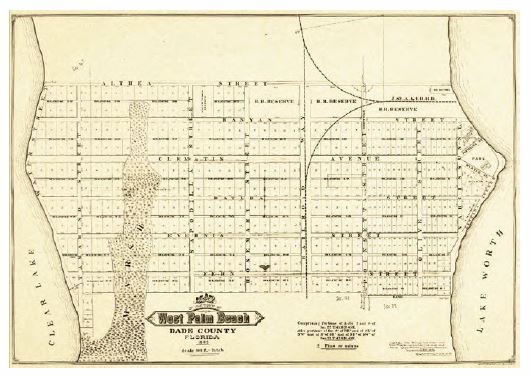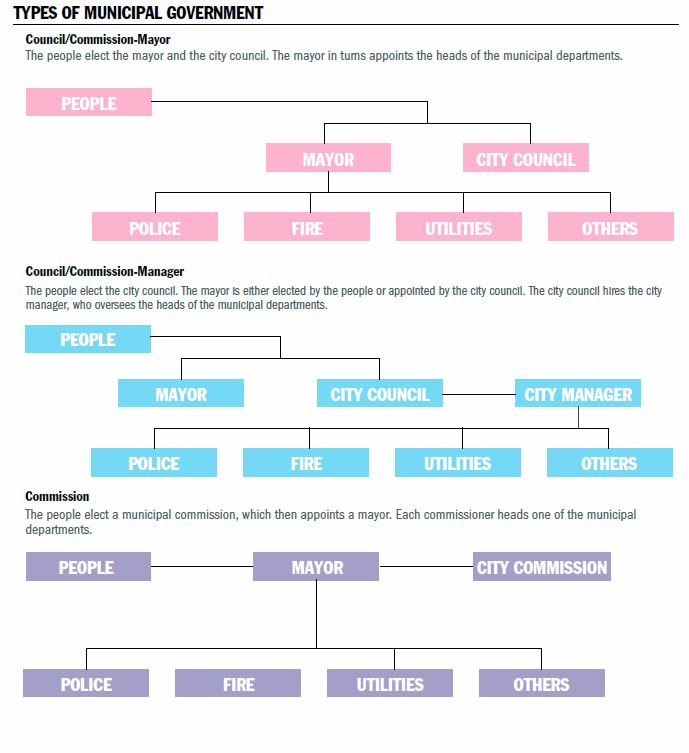Florida has sixty-seven county governments and 408 municipal governments. These local governments help the state government run Florida more efficiently. Each county has a county seat, where the center of county government is located. For instance, the county seat for Palm Beach County is West Palm Beach. Many counties operate under a charter, which is similar to a constitution. Under a charter system, county ordinances take precedence over municipal ordinances. However, in counties without a charter, municipal ordinances take precedence.
County governments provide such services as law enforcement, fire rescue, elections, schools, libraries, utilities, waste management, maintenance of roads and bridges, growth management, and other important services. Within the county government are a legislative branch, an administrative branch and, a judicial branch; and constitutionally elected officials, such as the sheriff, tax collector, and clerk of the circuit court. (Benchmark: SS.7.C.3.11)
PALM BEACH COUNTY GOVERNMENT
County governments are similar to federal and state governments. There are three branches of county government: a legislative branch, an administrative branch, and a judicial branch.
The legislative body of Palm Beach County is the seven-member Board of County Commissioners, one member for each of its seven districts. The voters elect one commissioner from each district to serve a four-year term. One board member is selected by the board every two years to serve as chairman of the commissioners. The county commission adopts local laws and establishes policies and programs designed to protect residents of the county. In addition, commissioners guide the growth and development of the county. Some of the areas the board is concerned with are fire protection, recreational facilities, cultural programs, housing, community redevelopment, and construction and maintenance of roads and bridges.
The county commission appoints the county administrator, who is part of the administrative branch. This person is given the responsibility to carry out the policies of the commission. The county administrator oversees about thirty departments that provide services to county residents. Other county officers elected by the voters are the clerk of the circuit court, property appraiser, sheriff, supervisor of elections, public defender, state attorney, and tax collector. They are elected every four years.
The judicial branch consists of the county court system. Depending on the size of the county, there are one or more judges. County judges are elected by county residents and serve a term of four years. County courts have jurisdiction over small civil cases, misdemeanor cases not heard by the circuit court, and violations of county and municipal ordinances. The county courts also rule in divorce cases.

MUNICIPAL GOVERNMENTS
Within each county are municipalities —a city, town, or village— that has a local government. It is up to the citizens who found a new municipality to decide what to name it. Of the 408 municipalities within Florida, Palm Beach County has the most municipalities in the state with thirty-nine. City governments serve the citizens who live there and provide a variety of services, including law enforcement, fire-rescue, and utilities, such as water, sewage, and electricity. City officials pass local laws, decide on procedures for taxation, and operate public services. The state government recognizes that cities have rights, such as self-government. Home rule is the most important of these rights; cities can pass their own laws and ordinances, as long as they do not conflict with state or federal laws. Home rule was recognized in the state constitution in 1968, but it was not ratified until the 1970s.
There are three forms of municipal government: commission-mayor, commission-manager, and commission forms of government. Cities may have a combination of any of these forms of government.
COUNCIL/COMMISSION-MAYOR FORM OF GOVERNMENT
A city with a council-mayor form of government has a mayor and a city council or commission that are elected by the public. The mayor and the city council work together to run the city. There are two sub-forms of the council-mayor government: strong-mayor/council and weak-mayor/council. The strong-mayor/council type has a mayor who directs the governing of the city. In the weak-mayor/council type, the council assumes the stronger leading role. A mayor appoints the heads of various city departments, such as the chief of police, and holds veto power over council legislation. A good example of a strong-mayor/council form of government is the City of West Palm Beach. It has a mayor and a five-person city commission.
COUNCIL/COMMISSION-MANAGER FORM OF GOVERNMENT
A council-manager or commission-manager form of government has an elected council and a mayor who is either publicly elected or appointed by the city council. To oversee the administrative operations of the city, the council hires a city manager. The City of Riviera Beach has this form of government. The mayor and members of the city council are elected, and the council appoints a city manager as the chief administrative officer. The city manager appoints directors of the various city departments. This is the most common form of local government.
COMMISSION FORM OF GOVERNMENT
A commission form of government is a group of elected officials who share executive and legislative responsibilities for the municipality. Each commissioner heads a city department. In some cases, one commissioner might be the mayor and act as the chairman of the commission. The commission type of government is the rarest of the three forms of local governments.



How many counties are there in Florida?
Compare and contrast the federal and state government structures to that of Palm Beach County.
What is home rule,” and why is it important?
Go to http://discover. pbcgov.org/Pages/Municipalities.aspx Visit each city’s page. Find out which type of government is the most common type in Palm Beach County.
Evaluate what type of municipal government is the best form. Why?
